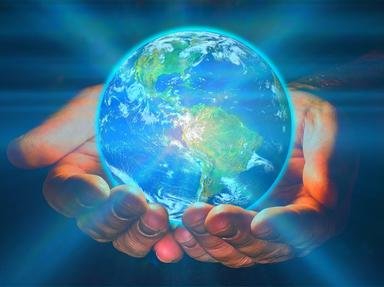Quiz Answer Key and Fun Facts
1. In Greek mythology, this country bordering the Black Sea was believed to be the location of the Golden Fleece.
2. Extending from the Caspian Sea to the Altai Mountains, this country is the world's largest landlocked nation.
3. Known for its very fertile soil and rich history, this country is the largest located entirely within Europe.
4. The Karakum Desert is the most salient physical feature of this Central Asian country bordering the Caspian Sea.
5. A member of the Turkic Council, this country west of the Caspian Sea is rich in oil and natural gas.
6. This landlocked country's former name included the name of its much larger eastern neighbour.
7. One of two doubly landlocked countries, this country enjoyed a strategic position on the Silk Road connecting Europe and Asia.
8. This small, mountainous country in the Caucasus was the first to adopt Christianity as a state religion.
9. Bordered by two very large neighbours, this sparsely populated country is known as "The Land of the Eternal Blue Sky".
10. An Indo-European language closely related to Persian is spoken in this rugged Central Asian country, known for its mountains and lakes.
Source: Author
LadyNym
This quiz was reviewed by FunTrivia editor
agony before going online.
Any errors found in FunTrivia content are routinely corrected through our feedback system.

